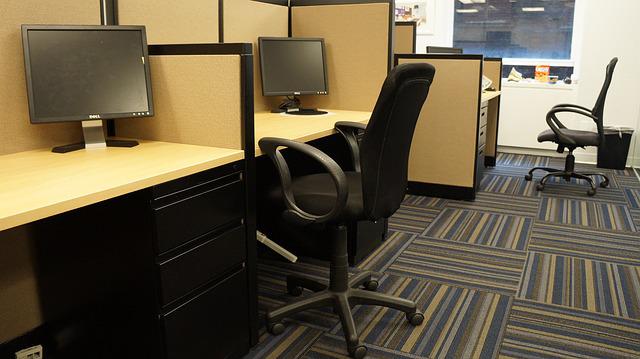The majority of startups and their offices are designed with agility in mind. Structures and procedures are traded for faster responses and a more relaxed working environment. The approach is one of the reasons why startups don’t always have an office manager.
In reality, however, a degree of structure and good office management never hurts. In fact, introducing an effective structure to the startup environment is exactly how you take productivity and agility to the next level.
Office management does more than provide structure. An office manager can focus on improving processes, retaining the best talent, and providing leadership around the office. There are many more benefits too, and we are going to review some of them in this article.
Key to Innovation
In order for a business or your startup to remain agile, constant improvement is needed. Rather than sticking to one way of doing things, it is better to review the existing procedures and find more ways to improve them.
In most startups, this is something that the top management do. However, CEO and other professionals filling the top management roles cannot always focus on constant reviews and continuous improvement. This is where a good office manager comes in.
Office managers are responsible for creating a smooth workflow. Everything from how purchase orders from clients reach the distribution team to how well finance can keep track of expenses can be streamlined with better and more efficient workflows.
Resource Usage Optimization
An office can be seen as a pool of resources, both human and non-human, that can be used to achieve collective objectives. How the available resources are used will greatly influence whether the organization can achieve its objectives in an efficient way.
Once again, having an office manager means you can be certain that resources are used in the most optimal way. The function is even more important in a growing startup, especially since office management also produces great insights on resource usage.
When it is time to expand the team, for example, office managers can determine the right functions of the startup to expand first based on resource usage. The same can be said for equipment and other resources supporting the business.
Stimulate Leadership
Good office management helps stimulate better leadership around the office by providing sufficient training and development programs to key team members. Since office managers can focus on identifying those key team members and determining the right training programs to deliver, helping employees grow with the startup becomes easier to do.
There are also trainings and development programs to help office managers grow. Bevi.co has a list of the best office manager conferences 2019 has to offer. There are some interesting conferences to attend, including the Culture Summit in San Francisco.
In this respect, office managers can work in tandem with HR professionals – both internal or external – to create a more thorough development program. Office managers have the insights needed to really fine-tune the right programs to introduce, while HR has the know-how and a more in-depth understanding of the team members to complete the set.
Everyday Tasks, Covered!
There is also the fact that good office management means you don’t have to worry about small things hampering the operations of your startup. Things like the computer or internet line not working or bad chairs causing mishaps around the office can be incredibly distracting (and limiting), so not having to worry about them is a huge plus.
With a capable office manager taking care of things for you, you can focus on more important tasks such as working on the customer experience or tackling update delivery and implementation. Documents and communications related to the operations will also be in perfect order.
On top of that, office managers are often the ones responsible for organizing meetings and planning (and executing) internal events. It is up to good office management to make sure that the work environment supports growth and agility.
Shape the Work Environment
That brings us to the biggest benefit of having good office management: better work environment. In some cases, office managers are responsible for shaping and developing a more pleasant work environment needed by the whole team to work effectively.
Remember that work environment and culture are shaped; they don’t just happen unless you put some effort towards shaping them. Once again, it is up to the leaders to direct other team members towards creating the perfect work environment for everyone. Having an office manager means the whole process will be more effective.
The results are clear. You will not only have a more organized office and smoother, more streamlined workflows, but also a better work environment that supports the growth of every team member. In a market as competitive as it is today, these benefits are exactly the kind of edge you need to lead the pack and stay ahead of your competitors.



 How to7 years ago
How to7 years ago


 More4 years ago
More4 years ago


 More6 years ago
More6 years ago


 Interview4 years ago
Interview4 years ago


 Other Internet Tech6 years ago
Other Internet Tech6 years ago


 More6 years ago
More6 years ago


 Business Ideas6 years ago
Business Ideas6 years ago






